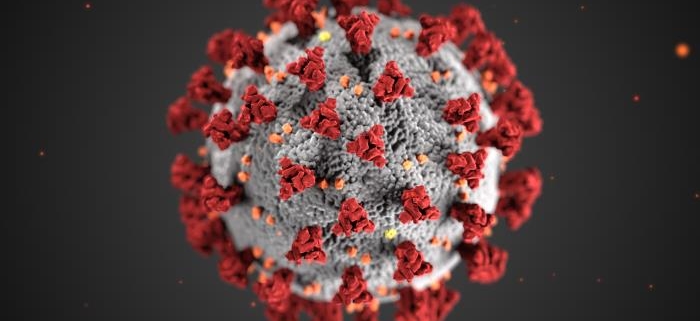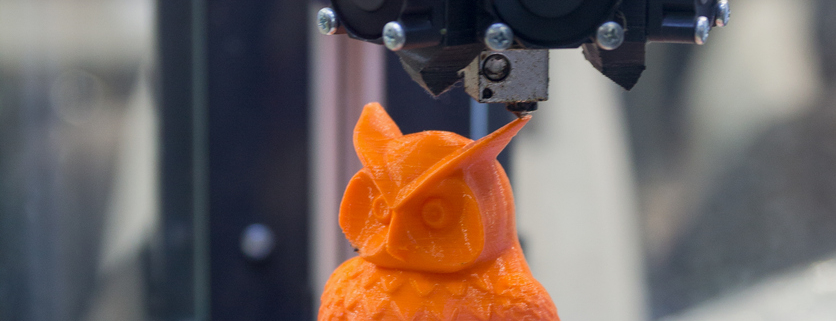A Sense of Urgency (Part 2)
In case you need reminding — we write often about speed. Speed to market, fail fast, Agile development.
We are continually amazed how some organizations seem to want to drag out the whole process. Delays getting samples, delays testing. Lots of meetings and conversations.
The old phrase – time is money – could not be truer today. Time means the opportunity cost of the resources employed in a project. Time means technology bypassing your plan, market or technology. Time means a competitor beating you. Time is probably your most valuable resource, and when you run out of it — you are finished.




